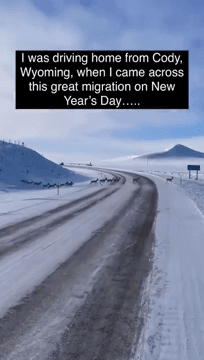
Blue Picardy Spaniel Hunting Dog: A Versatile Companion in the Field The Blue Picardy Spaniel (Épagneul Bleu de Picardie) is a rare and highly capable hunting dog that has earned its reputation among seasoned hunters for its versatility, endurance, and gentle temperament. Originating in the wetlands of northern France, this breed is built for work and thrives in rugged terrain and adverse conditions. Whether you’re tracking upland game or retrieving waterfowl, the Blue Picardy Spaniel is a reliable partner. 🦆 Game Targets: What the Blue Picardy Spaniel Hunts The Blue Picardy Spaniel is primarily used for: • Waterfowl hunting: Ducks, geese, and other birds in marshy or wetland environments. • Upland game: Pheasants, partridges, and grouse. • Tracking wounded game: Thanks to its keen nose and calm demeanor, it excels in tracking and retrieving. Unlike aggressive breeds, the Blue Picardy does not attack prey. It’s a soft-mouthed retriever, ideal for hunters who value precision and c
Post: 6 August 20:20














































